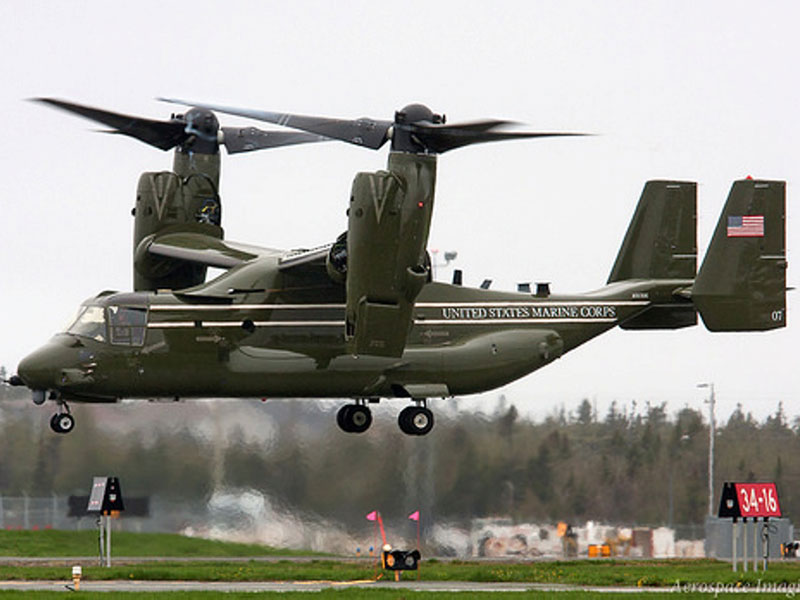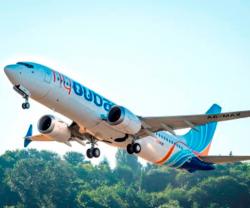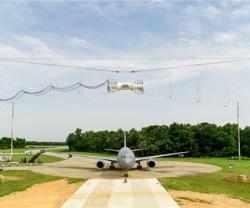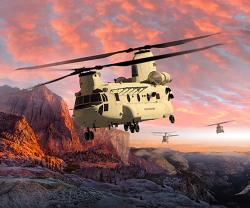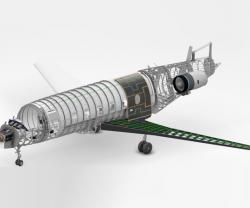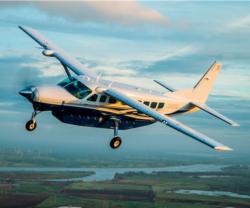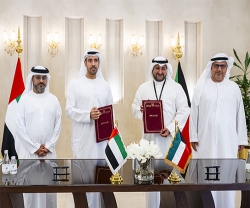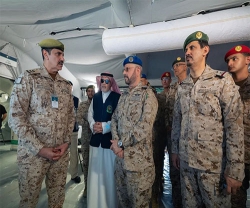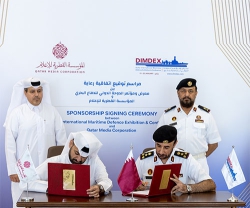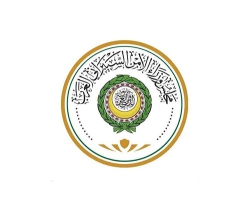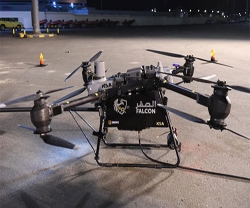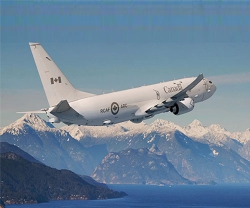With the simulators, which are installed at the squadron’s headquarters in Quantico, Va., aircrews can rehearse missions without having to fly their tiltrotor aircraft. That reduces fuel use and wear and tear on the V-22s.
“Like all Marine Corps MV-22B squadrons, HMX-1 utilizes training devices to replicate the flight environment for training purposes. These devices allow aviators to hone their skills by practicing standard flight maneuvers and procedures with an operating cost much lower than that of actual aircraft,” said Marine Capt. Dustin A. Pratico.
Bell Boeing is also upgrading the Marine Corps’ V-22 maintenance training devices to mirror the latest configuration of the actual aircraft. Specific training aids involve the V-22’s electronics, power plant and emergency egress systems.
Bell Boeing delivered the first V-22 to the squadron in March 2013. A total of 12 V-22s have been delivered to HMX-1.
The V-22 plays a vital role in HMX-1, the Marine Corp’s US Presidential support squadron. In that role the aircraft supports presidential travel carrying material and support personnel passengers as well as members of the media.
“HMX-1 Marine pilots have a very important mission, and this state-of-the-art training device supports the development of skills and knowledge needed to operate the MV-22 Osprey safely and effectively,” said Randy Deidrick, Director of Boeing’s Tactical Training Systems.
Bell Boeing is a strategic alliance between Bell Helicopter Textron Inc. and Boeing Defense, Space & Security. Bell Helicopter, a wholly owned subsidiary of Textron Inc., is an industry-leading producer of commercial and military, manned and unmanned vertical lift aircraft and the pioneer of the revolutionary tiltrotor aircraft.

